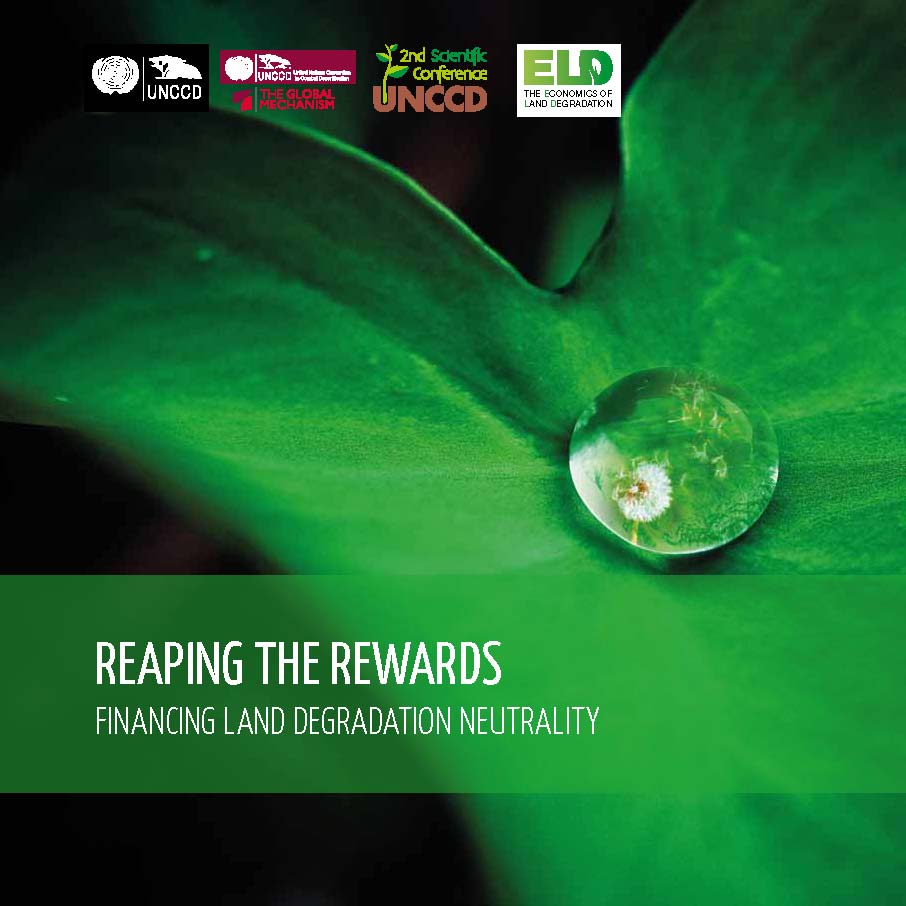Resource information
As a result of poor management practices and contrary to logic; finance and investment in food production has been one of the main drivers of land degradation by transforming natural ecosystems and favoring short-term profits over long-term sustainability. For all sectors that rely on the land, “business as usual” comes with rising costs and new risks. Risks we cannot afford in the post-2015 world.
Over the past 50 years, advances in agricultural technologies have led to a quantum leap in the production of a limited basket of basic foodstuffs. At the same time, poor land management, fueled by exploitation for short-term economic gains, led to a loss of nearly one-third of the world’s arable land, a trend that is continuing at a rate of more than 10 million hectares per year.
Current estimates associated with global land use change between 1997 and 2011 value the loss of ecosystem services within a range of USD 4.3 to 20.2 trillion per year. The global cost of land degradation amounts to nearly USD 66 billion per year. In certain regions, such as Sub-Saharan Africa, the figure can represent as much as 10% of the national Gross Domestic Product (GDP). Given that over 40% of the world’s poor depend on degraded lands for essential services, such as food, fuel, raw material, and water purification, restoring productive capacity of the land could lead to significant strides in decreasing economic vulnerability and promoting long-term development.
In addition to the directly tangible value related to the use of land and its resources, land-based ecosystems and their management can have substantial off-site ripple effects. For one, poor land management and the subsequent scarcity of usable land and its resources can create substantial economic insecurity that could lead to widespread political and even cross-boundary military conflict. Over the past sixty years, at least forty percent of all intrastate conflicts can be associated with natural resources. In 2008 more than 60 food riots occurred worldwide in 30 different countries, 10 of which resulted in multiple deaths. In contrast, good land and natural resource management can provide opportunities for confidence-building measures, serve as models of effective and equitable governance, and advance other peace-building objectives.
The role of land-based ecosystems in natural disaster response is also particularly telling. With increasing climate variability, natural disasters are becoming both more extreme in their nature and more dangerous in their effect. Between 2000 and 2014 alone, nearly USD 2.5 billion of humanitarian aid was used for emergency response and recovery in the agriculture sector. Conversely, healthy land provides effective, resilient protection against flooding, landslides, and erosion. Terrestrial ecosystems also decrease recovery time in soil productivity,
thereby ensuring more stable access to resources for the affected population and lowering the vulnerability factor.
Poor investment choices can push up costs for a global society. These are costs which we cannot afford and should not pay in the post-2015 world.


